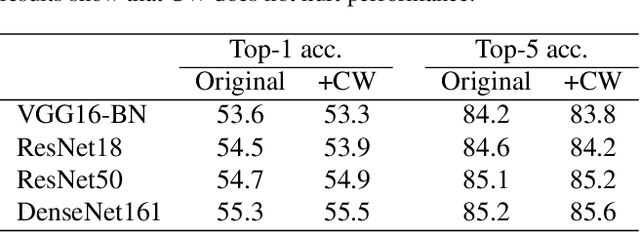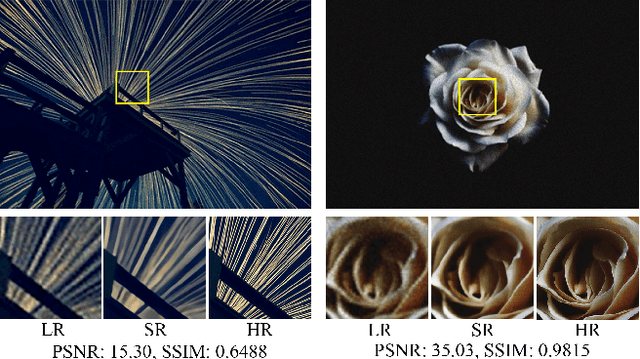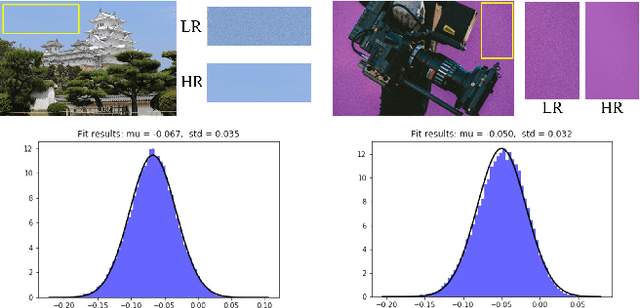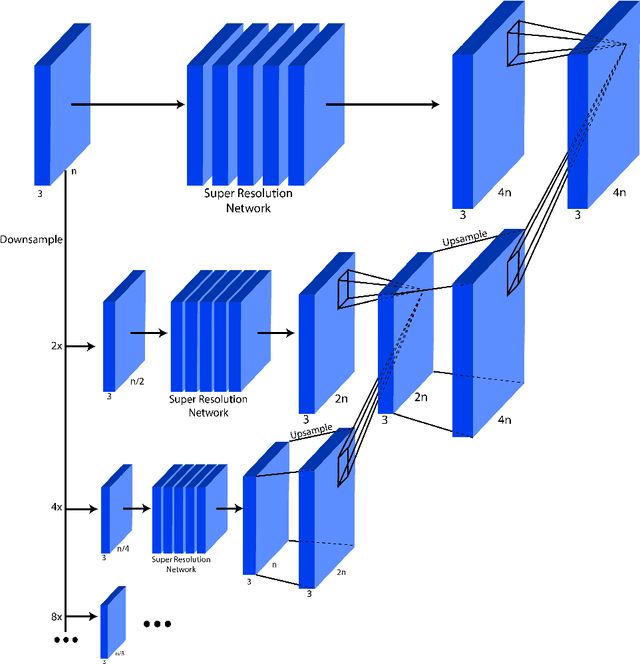Yijie Bei
Concept Whitening for Interpretable Image Recognition
Feb 05, 2020



Abstract:What does a neural network encode about a concept as we traverse through the layers? Interpretability in machine learning is undoubtedly important, but the calculations of neural networks are very challenging to understand. Attempts to see inside their hidden layers can either be misleading, unusable, or rely on the latent space to possess properties that it may not have. In this work, rather than attempting to analyze a neural network posthoc, we introduce a mechanism, called concept whitening (CW), to alter a given layer of the network to allow us to better understand the computation leading up to that layer. When a concept whitening module is added to a CNN, the axes of the latent space can be aligned with concepts of interest. By experiment, we show that CW can provide us a much clearer understanding for how the network gradually learns concepts over layers without hurting predictive performance.
New Techniques for Preserving Global Structure and Denoising with Low Information Loss in Single-Image Super-Resolution
Jun 16, 2018



Abstract:This work identifies and addresses two important technical challenges in single-image super-resolution: (1) how to upsample an image without magnifying noise and (2) how to preserve large scale structure when upsampling. We summarize the techniques we developed for our second place entry in Track 1 (Bicubic Downsampling), seventh place entry in Track 2 (Realistic Adverse Conditions), and seventh place entry in Track 3 (Realistic difficult) in the 2018 NTIRE Super-Resolution Challenge. Furthermore, we present new neural network architectures that specifically address the two challenges listed above: denoising and preservation of large-scale structure.
 Add to Chrome
Add to Chrome Add to Firefox
Add to Firefox Add to Edge
Add to Edge